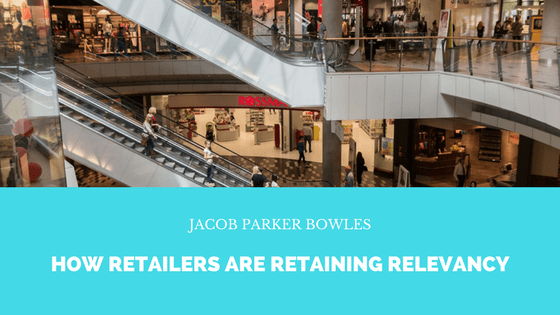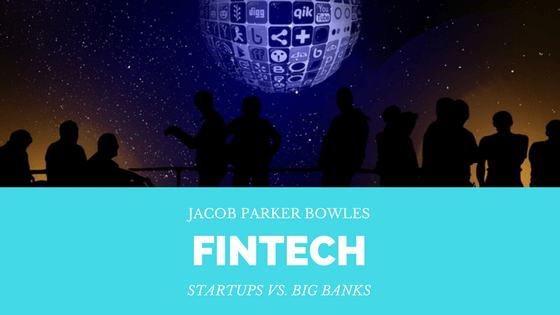Several years ago, before fintech (financial technology) became a household name and widely accepted form of banking and finance management, venture capital firms specializing in this area did not exist. In recent years, however, fintech has become one of the fastest-growing areas for venture capitalists.
Venture capitalists invest in companies that they believe to have large growth potential, so it is no surprise that so many venture capitalists have chosen to funnel their funding into fintech startups- the industry is worth nearly $900 billion, comprising over 1,000 companies and $105 billion in funding. According to VB Profiles’ Fintech landscape report, outside funding for fintech companies more than doubled between 2014 and 2015, from $17.8 billion to more than $38 billion.
With all that growth in the past few years, it seems that it would have to plateau at some point, and as recent trends suggest, that just may be the case, with financial technology experiencing a paradigm shift. In 2016, global venture capital investment dropped off to $25 billion from $47 billion in 2015.
So what gives? Venture capitalists are not losing faith in startups, but they’ve had a sort of reality check. According the Morgan Stanley, “Pullback in fintech investment over the past year is indicative of a realization of lower return on investments than initially hoped due to some unique challenges to disrupting in the financials industry, and our suspicion is that VC investors will continue to scale back investment.”
As venture capitalists step back, legacy firms step in. A fear of disruption can be attributed to the reason traditional financial firms are now hopping on the fintech bandwagon. The threat of disruption from fintechs is forcing incumbents to up their investments in technology to gain operating efficiencies and preserve market share,” Morgan Stanley explains.The proposed deregulation of Wall Street from the Trump administration is another factor. Deregulation would free up incumbent firms’ spending as they wouldn’t have to put out as much money for regulatory compliance and would have more to invest in fintech startups.
This shift in investment patterns is unlikely to have a direct, adverse effect on fintech startups. What is likely, though, is that established Wall Street firms will gain a competitive edge with fintech companies, putting them on a more level playing field as they adapt new technologies to improve their business models.





